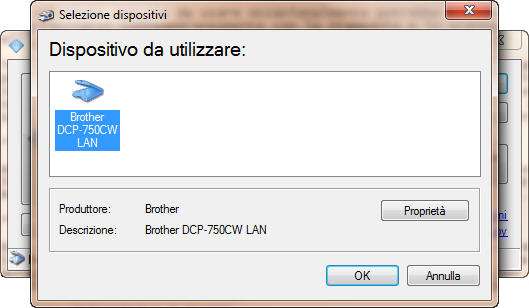

date – a window with a date input item and time input item will pop up, you can change the value and press OK button to confirm the change.boolean – a window with a check box item will pop up, you can click the check box or press space bar to change the value then press OK button to confirm the change.For different data type, the window also looks different: Currently you can’t add or remove items, but we will support it in future release.įor change the value of an item, just double click it or select it then press Enter key, a new window will pop up and you can change value in this window. You can understand the contents in the plist file easily and quickly, and you can change the value of a single item with boolean, date, data, integer, real and string type. List view mode – In this mode, the plist file will show in a very understandable tree list view. You can make any change you want as edit a text file, the premise is that you know the abcs of XML format and plist format. XML view mode – In this mode, the plist file shows as a text file in XML format. You can select XML view mode and List view mode. If you changed the file and not saved, it will prompt you whether to save changes. When click it a window will pop up and you can enter the text that you want to replace and the new text.


When click it a window will pop up and you can enter the text that you want to search: Copy – Copy the selection and put it the clipboard.Cut – Cut the selection and put it the clipboard.Export – Export this plist file to a folder on your computer.When open a plist file this button is gray out, if you made some changes this button is enabled and you can click this button to save changes. Include 11 buttons on it, from left to right are: There are 3 parts on plist Editor window:ġ.Toolbar.

#ICOPY EDIT FILE WINDOWS#
When setting any of these parameters, a relative path will be interpreted with respect to the directory in which postgres is started.With iBackupBot you can edit a plist file in backup of iPhone, iPad and iPod Touch directly, under both Windows and OSX system.įind out the plist file that you want to edit in backup browser or device browser of iBackupBot, then double click it or select it and press Enter key, the plist Editor window will pop up:
#ICOPY EDIT FILE PLUS#
If all three parameters plus data_directory are explicitly set, then it is not necessary to specify -D or PGDATA. config_file can only be specified on the postgres command line, but the others can be set within the main configuration file. If you wish, you can specify the configuration file names and locations individually using the parameters config_file, hba_file and/or ident_file. Notice that data_directory overrides -D and PGDATA for the location of the data directory, but not for the location of the configuration files. If you wish to keep the configuration files elsewhere than the data directory, the postgres -D command-line option or PGDATA environment variable must point to the directory containing the configuration files, and the data_directory parameter must be set in nf (or on the command line) to show where the data directory is actually located. Instead, the data directory is specified by the -D command-line option or the PGDATA environment variable, and the configuration files are all found within the data directory. In a default installation, none of the above parameters are set explicitly. This parameter can only be set at server start. Specifies the name of an additional process-ID (PID) file that the server should create for use by server administration programs. Specifies the configuration file for user name mapping (customarily called pg_nf). Specifies the configuration file for host-based authentication (customarily called pg_hba.conf). This parameter can only be set on the postgres command line. Specifies the main server configuration file (customarily called nf). Specifies the directory to use for data storage.


 0 kommentar(er)
0 kommentar(er)
